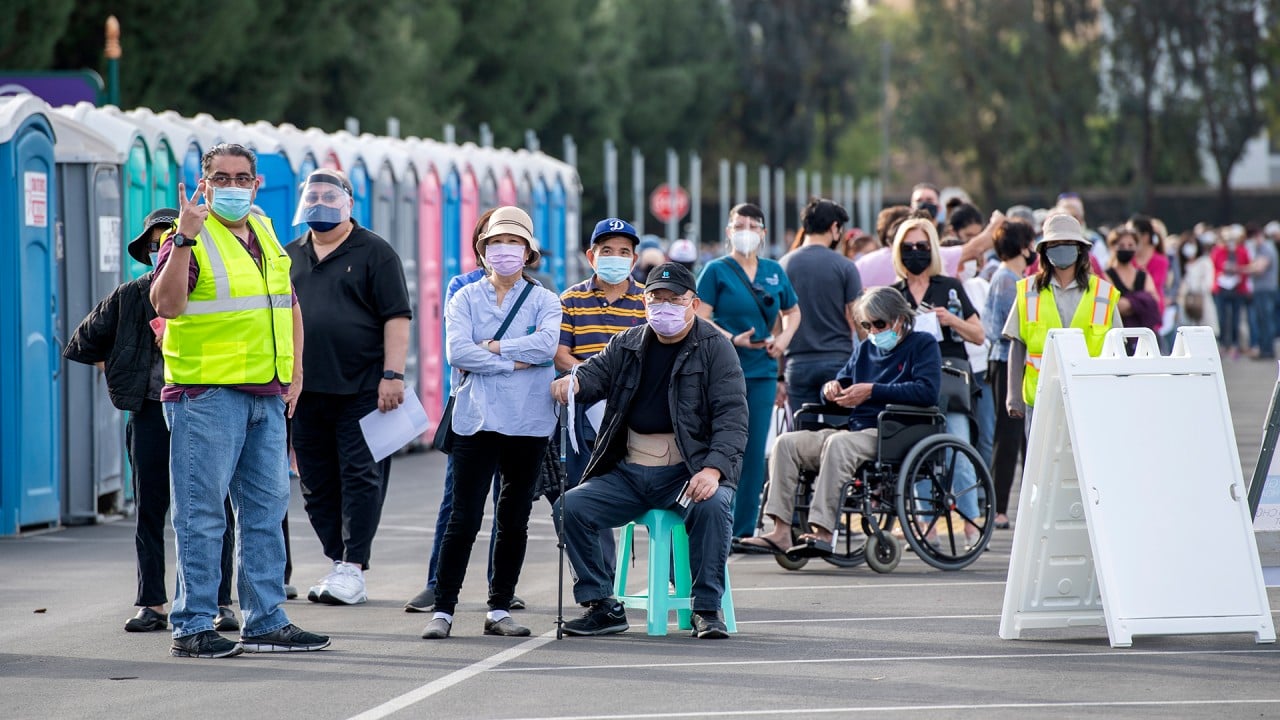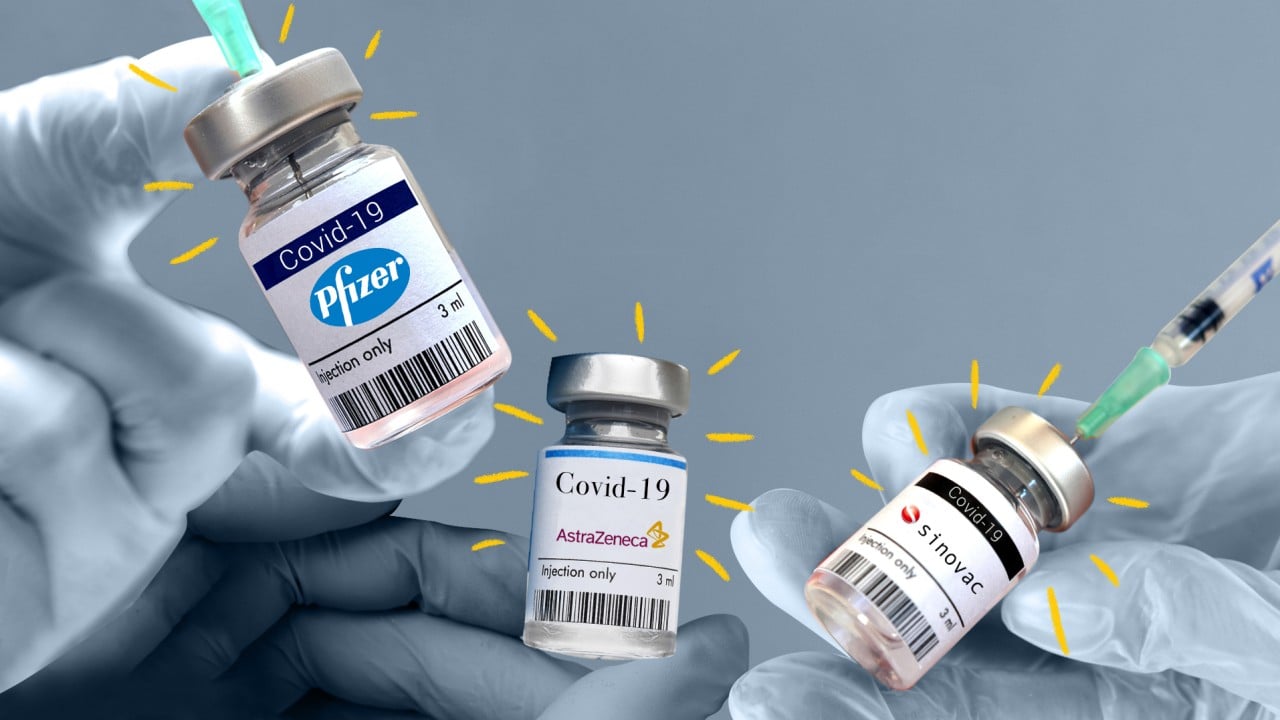
Joe Biden unveils US$1.9 trillion plan for coronavirus-hit US economy
- The proposed stimulus package will include funds to improve virus response and vaccine roll-out, as well as relief for households and small businesses
- The plan also calls for US$1,400 stimulus cheques, topping up the US$600 cheques issued under the last package
“It’s not hard to see that we’re in the middle of a once-in-several-generations economic crisis with a once-in-several-generations public health crisis. A crisis of deep human suffering is in plain sight and there’s no time to waste,” Biden said in a prime-time address on Thursday evening. “We have to act and we have to act now.”
Biden taps Trump appointee Norquist to be his temporary defence chief
Details of the aid package were released by Biden’s transition team earlier on Thursday.
Stimulus payment checks would be issued for US$1,400 – topping up the US$600 checks issued under the last congressional stimulus legislation. Supplemental unemployment insurance would also increase to US$400 a week from US$300 a week now and would be extended to September.

02:14
Coronavirus: California’s Disneyland hosts mass Covid-19 vaccination site
It also provides a sharp contrast with Trump, who spent the last months of his administration seeking to undermine Biden’s election victory rather than focusing on additional coronavirus relief. Trump, who leaves office on Wednesday, did support US$2,000 payments to Americans, however.
Many Republicans in Congress balked at the price tag for such payments, and Biden will face similar hurdles with his proposals, though he will be helped by the fact that his fellow Democrats will control both the House and the Senate.
The incoming president will seek to pass the legislation even as his predecessor faces an impeachment trial.
Trump impeachment: what next, and how can Senate speed up trial?
The Democratic-led House of Representatives on Wednesday voted to impeach Trump, making him the first president in US history to be impeached twice. Ten of his fellow Republicans joined Democrats to charge him with inciting an insurrection in last week’s deadly rampage at the Capitol.
The impeachment proceedings threaten to hang over the beginning of Biden’s term, and Biden has encouraged lawmakers to handle the trial while also moving forward with his agenda.
Transition officials said Biden’s plan would be a rescue package that would be followed up with another recovery package in the coming weeks. “We’re at a very precarious moment for our economy,” one of the officials said.
The plan would extend moratoriums on foreclosures and evictions until September and include funding for rental and utility assistance.
The president-elect will also call on Congress to increase the minimum wage to US$15 an hour, and the package will include assistance to fight hunger.

09:50
SCMP Explains: What's the difference between the major Covid-19 vaccines?
The coronavirus relief-related funds will go toward a national vaccine programme, testing, investments for workers to do vaccine outreach and contact tracing, and money for states.
The Democratic president-elect said last week the stimulus package would be “in the trillions of dollars” and argued that more spending early on would reduce the long-term economic damage from the shutdowns spurred by the pandemic.
He also said there would be “billions of dollars” to speed up vaccine distribution, along with money to help reopen schools and for state and local governments to avoid laying off teachers, police officers and health workers.
Pandemic-related shutdowns and restrictions have cost millions of US jobs.
The Biden plan – if enacted – would buy more time for the economy to bridge the period until the distribution of vaccines allows for a wider resumption of economic activity.
US equity index futures opened higher for the overnight session after details of Biden’s plan were reported, signalling Wall Street was tracking to open higher on Friday.
“It’s one piece in the overall puzzle, it bridges the gap to getting restaurant workers, airline workers and other employees back to work,” said Jake Dollarhide, chief executive at Longbow Asset Management in Tulsa, Oklahoma. “Once we had the outcome of the Georgia run-off election, you knew the stimulus was going to happen.”

